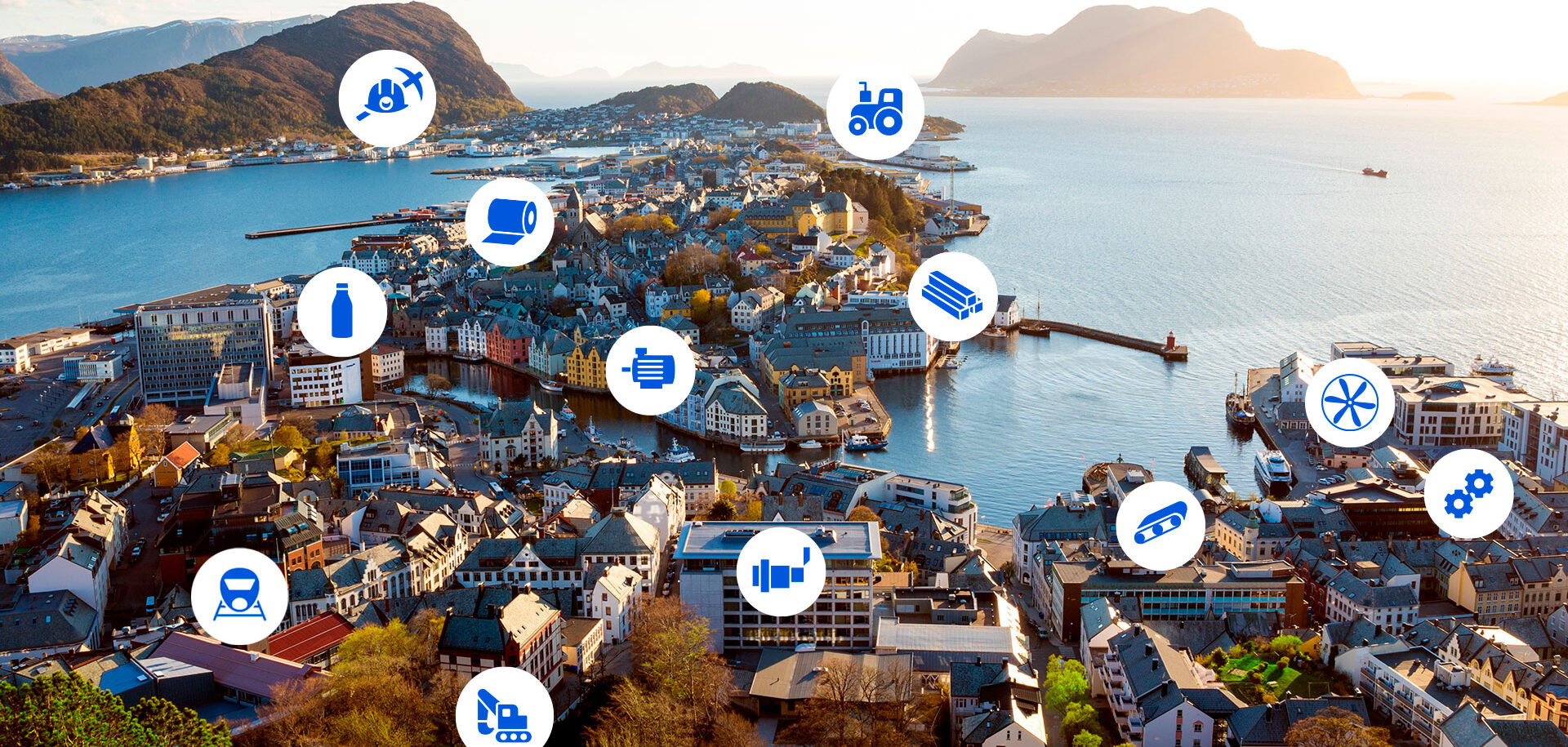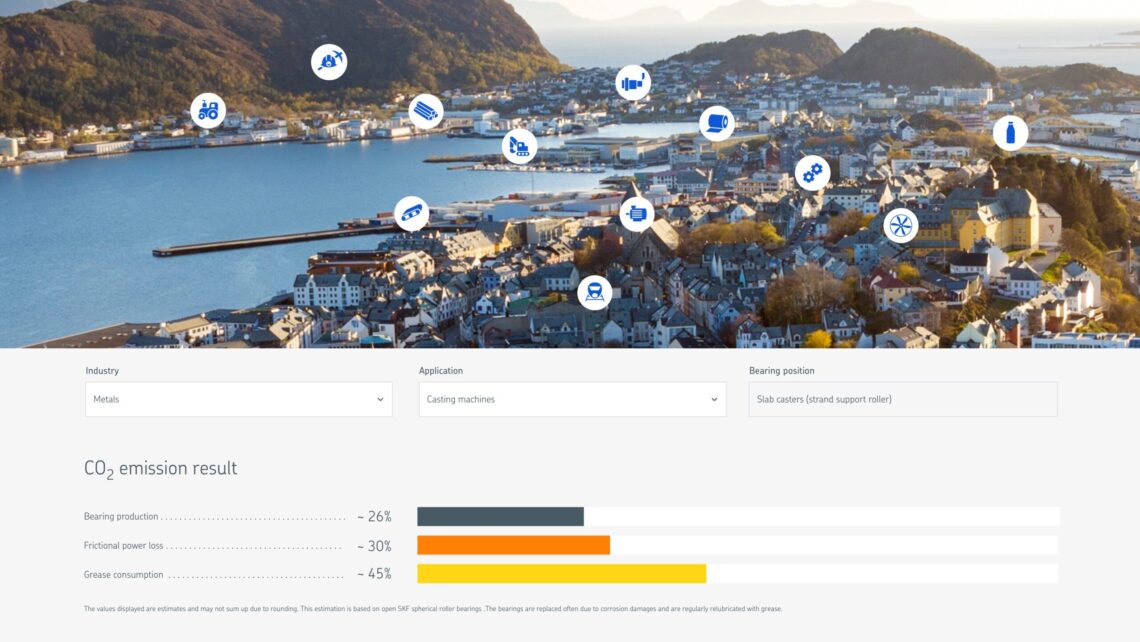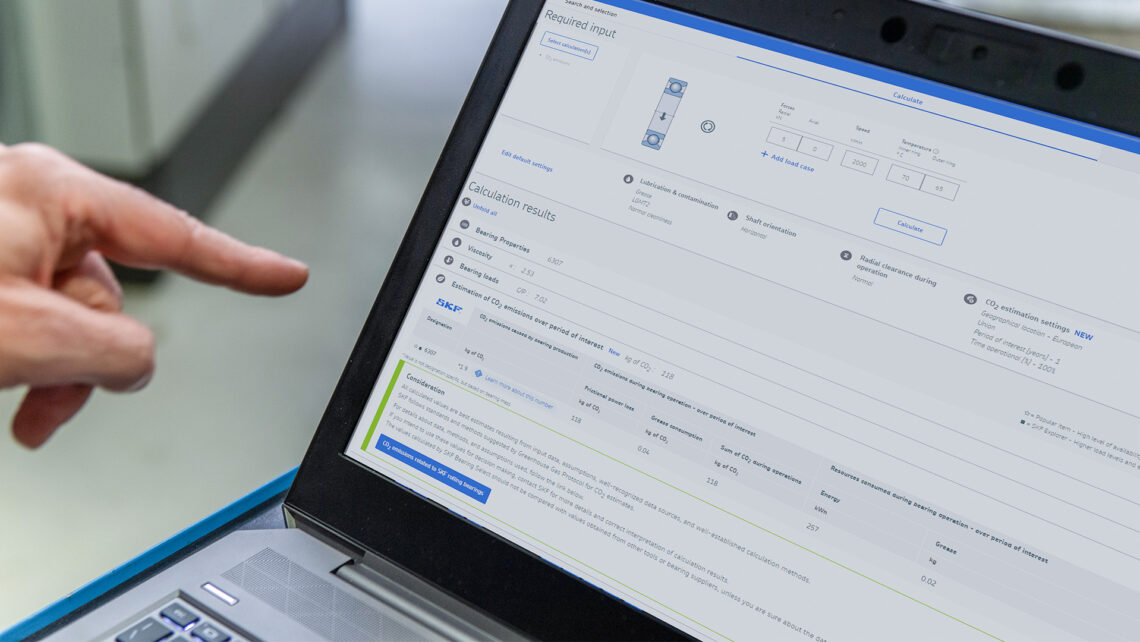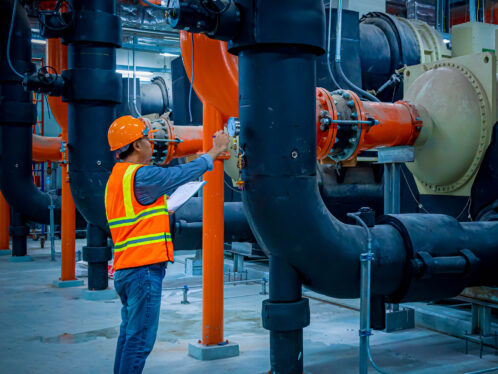
New tool to help industry address carbon emissions
SKF has launched a new, freely available tool to help the industry better understand and address carbon emissions.
At this dashboard, users can access a dashboard where they can explore how CO2 emissions related to the production and use phase of bearings are distributed in different industries. The dashboard provides illustrative examples based on how emissions differ in various positions across industrial applications.
Users then have the option to get a more detailed estimation with SKF’s Bearing Select software tool by adding a few data points. Users will receive the estimated CO2 emissions for a single rolling bearing, illustrating estimated emissions related to the production phase and from frictional power losses and grease consumption when in operation. They can download a report giving details on these estimations, which can provide a starting point for improving the application from a sustainability-performance perspective.
We are working hard to help our customers reach significant energy and corresponding carbon reductions.
Johan Lannering, SKF
The tool also offers the opportunity to engage with SKF’s expert application engineers, who can provide a detailed view of the specific carbon emissions for the bearing in question and how the customer’s application can be optimized to reduce energy consumption and corresponding emissions in future.
“Ultimately, improving the sustainability performance of a customer application requires the understanding of the full life cycle based on specific application data,” explains Johan Lannering, head of sustainability at SKF. “I believe the tool we are launching will make it easier and more tangible for our customers to understand and accelerate this journey.
“We are working hard to help our customers reach significant energy and corresponding carbon reductions by making our products lighter, more efficient, longer lasting and repairable,” he continues. “We work just as hard to reduce the carbon emissions related to our own operations and supply chain in line with our net-zero targets.”
With the new tool, users can calculate emissions estimates for such application areas as industrial, metals, mining, mineral processing, cement, railways, fluid machinery, material handling and industrial electrical, with more industries planned for inclusion in future.






